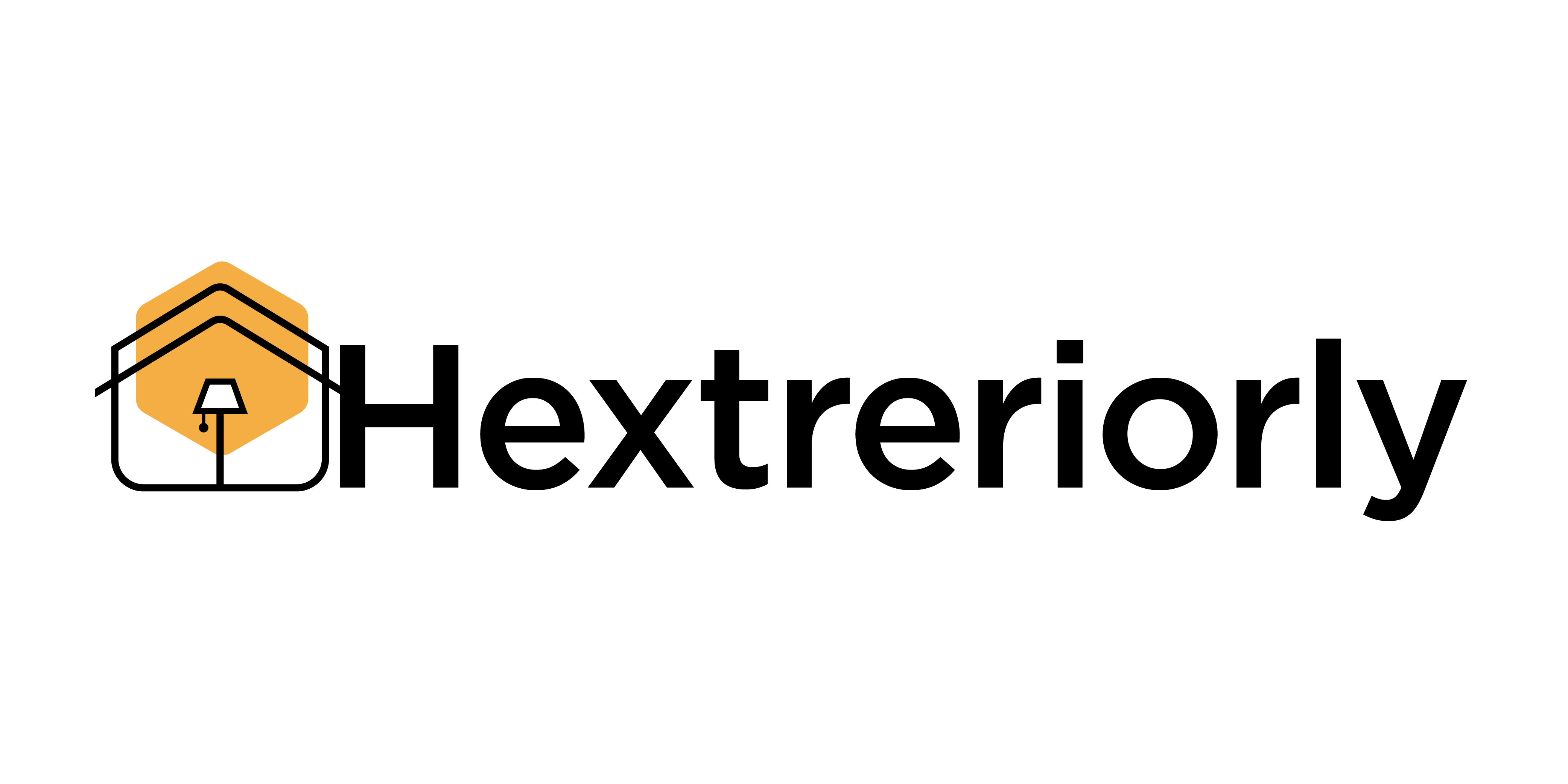Why Layout Choice Affects How You Live—not Just How It Looks
The way your home is laid out does more than shape how it appears in photos. It frames your day-to-day life. Every step from the kitchen to the couch, every conversation you hold or noise you try to escape—it’s all shaped by layout. And right now, the design world is split: open concept vs. traditional floor plans.
Open concept came in fast and strong. Fewer walls, more light, more flow. Perfect for hosting, watching the kids while cooking, or just feeling like your home breathes. But the catch? Noise carries. Smells linger. Privacy walks out the door.
Traditional layouts, by contrast, are making a kind of quiet comeback. Defined rooms. Doors that shut. Separation and structure. In a post-pandemic world where more people work from home and crave boundaries, it makes sense.
Homeowners are reconsidering what’s practical—not just what’s trendy. Designers are blending ideas, offering flexible layouts with pocket doors or partial dividers. Builders? They’re listening more carefully, because buyers are speaking with their floorplans.
At the end of the day, layout shapes how you live. And in 2024, people want homes that fit real life, not just a TikTok tour.
Open floor plans have become a staple of modern home design. They scrap the walls and bring the main living areas into one shared space. The kitchen flows into the dining area, which runs right into the living room. It’s clean, continuous, and built to feel wide open.
The appeal is clear. With fewer walls, natural light reaches more corners. People can cook, eat, and lounge without being cut off from each other. It’s flexible, especially for hosting or families wanting room to breathe and move.
But it’s not flawless. Noise travels fast without walls to block it. Visual privacy is minimal, and it can be tough to find a quiet moment. There are also heating and cooling issues since larger spaces take more energy to regulate. It’s functional, but it comes with trade-offs.
Defined Rooms: Privacy Over Open Spaces
For years, open-concept floor plans ruled the design world. But there’s a shift back toward defined rooms that serve clear, separate purposes. This style draws clean lines between spaces—kitchens stay kitchens, offices stay offices. It’s a return to order over openness.
Defined rooms make mess containment easier. You can close a door on a chaotic workspace or noisy playroom. They’re also better for acoustic control. Want silence during a Zoom call? Just shut the door. Plus, there’s something timeless about walking into a dining room that feels like, well, a dining room.
That said, this style has trade-offs. Less natural light gets through when there are more walls in the way. And the free-flowing energy of open spaces takes a hit. Social interaction can get chopped into silos unless you’re deliberate about connecting rooms with thoughtful design.
Bottom line: if you value privacy, structure, and a touch of classic charm, defined rooms are coming back for good reason.
Choosing a living space in 2024 isn’t just about location or square footage. It’s about how well your home works with your lifestyle. Families, for example, should think beyond open-concept hype. Do your kids need room to stretch out and explode with energy, or do they concentrate better with defined zones for schoolwork and quiet time? The answer might change how you use every corner of your home.
Remote workers face a different kind of challenge. Productivity tanks if your office is too close to the chaos—or too far from sunlight and comfort. It’s worth carving out a zone just for work, even if you’re improvising with soundproof panels or a repurposed closet. The key is separation, not size.
If you entertain often, your ideal layout looks different. Open flow, easy kitchen access, places for people to gather. But if you’re more of a reader, gamer or solo creator, focus on acoustics, light control and peace. Personal habits should shape the floor plan more than trend cycles.
And then there’s the stuff. Storage makes or breaks functionality. Think ahead about furniture placement and how easily the space can flex if you plan to renovate. A smart setup now saves you from headaches later. Design to support your daily life, not just to impress on day one.
Space isn’t just space. In vlogs, the environments you shoot in carry emotional weight. Movement, visibility, and how open everything feels can shift the mood of an entire video. A cramped room with low ceilings makes for an intimate, sometimes tense vibe. Wide-open backdrops — think mountain ridges, airy lofts, sunlit studios — feel freer, more energetic.
Smart vloggers play with this. Want to spark calm or vulnerability? Film in a quiet, enclosed setting with soft light. Want momentum or a sense of ambition? Use walk-and-talks outdoors or dynamic interior spaces with clean lines and long sightlines. Perceived space affects how viewers feel, often without them realizing it.
Don’t underestimate how layout influences viewer psychology. Your backdrop isn’t just decoration. It’s part of the story. For a deeper look, see The Psychology of Home Design—How Your Environment Shapes Mood.
Design trends aren’t one-size-fits-all, especially when it comes to what buyers want across different regions. In urban West Coast markets, open concept layouts with clean lines, natural light, and minimal walls still lead the charge. These spaces cater to buyers who value flow, flexibility, and a modern aesthetic. In contrast, buyers in the Midwest or South may lean toward more traditional layouts with defined rooms and a sense of separation, finding comfort in timeless structure and privacy.
Understanding these regional preferences is key if you’re designing with resale in mind. But no matter where you are, blending modern features with layout flexibility is a smart play. Think room dividers instead of permanent walls, sliding doors that allow for optional open-concept moments, and multi-use spaces that adapt to changing needs.
To future-proof your layout, avoid extremes. The ultra-minimalist loft with no doors might look sleek, but it turns off families. Conversely, a rabbit warren of small rooms can feel dated fast. Aim for balance. A layout that feels open but still offers defined zones is your safest long-term bet.
Trends are helpful, but they’re not gospel. What works for one vlogger might flop for another. That’s the unfiltered truth of 2024—there’s no one-size-fits-all playbook. Algorithms shift. Tools evolve. Audiences grow up. Chasing trends for the sake of staying relevant is a fast way to burn out or lose your voice.
Instead, focus on function. Build habits that suit your lifestyle and keep your content sustainable. Maybe that means batching content on Sundays. Maybe it means livestreaming when you’re on the road. The key is alignment—between what you make, how you live, and what your audience cares about over time.
If you want to ride trends without losing yourself, blend them. Use short-form bursts to drive traffic, then invite viewers into long-form depth. Let AI polish your edits, but keep your voice raw and clear. Lean into the tools, sure, but never hand over the wheel. Growth doesn’t come from copying others — it comes from repetition, clarity, and choosing the long game.


 As the co-founder of drhextreriorly. Tylisia Rothwyn plays a central role in shaping the platform’s mission and voice. With expertise in tech strategy and future-focused digital solutions, she delivers in-depth articles that explore innovation, cybersecurity, and transformative technologies. Tylisia’s leadership and editorial vision drive the site’s reputation as a reliable source for high-quality tech knowledge.
As the co-founder of drhextreriorly. Tylisia Rothwyn plays a central role in shaping the platform’s mission and voice. With expertise in tech strategy and future-focused digital solutions, she delivers in-depth articles that explore innovation, cybersecurity, and transformative technologies. Tylisia’s leadership and editorial vision drive the site’s reputation as a reliable source for high-quality tech knowledge.

